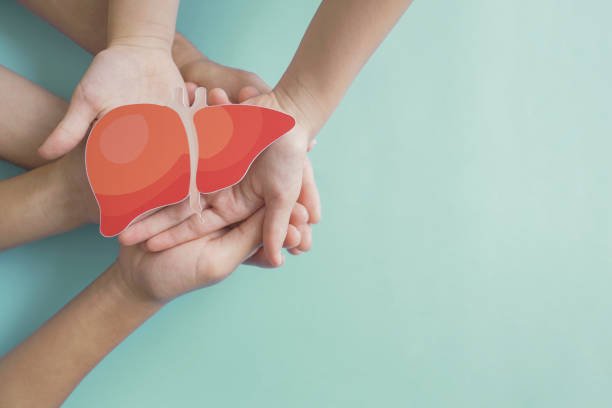When children have Hepatitis, it means that they have an inflammation of the liver that is usually caused by viruses and other factors such as bacteria, drugs, and toxic agents. Of all viral Hepatitis, the most frequent is hepatitis A, although there are also type B, C, D, E and G viruses. Its initial clinical manifestations can be very similar, but the evolution varies depending on the virus that causes the disease.
Causes, symptoms and treatment of Hepatitis in children:
Avoid overcrowded and unsanitary conditions, and be careful when travelling to areas where sanitary conditions are poor, and water quality is suspect, especially when drinking or swimming.
They should also avoid eating shellfish or fish from water contaminated with sewage. If a member of their family contracts hepatitis, use disinfectants to clean toilets, sinks, or bedpans used by that person.
Different types of Hepatitis in children:
Hepatitis A in children
Infected faeces can be present in small amounts on food and objects (from a doorknob to a baby’s diaper).
Symptoms of Hepatitis A
Hepatitis A in children initially presents with nausea, vomiting, malaise, and fever. Abdominal pain, dark urine, whitish stools, and jaundice (yellow colouration) may also appear in the conjunctiva and the oral mucosa. The general malaise decreases with the onset of jaundice.
Transmission of hepatitis A
The faecal-oral route spreads hepatitis A, that is, through contaminated food and water through contaminated water, milk and food, especially shellfish.
Diagnosis of hepatitis A
Some laboratory tests, such as liver function tests (bilirubin and transaminases), coagulation times and glucose, can detect it.
Hepatitis A treatment
There is no specific treatment, but all types of medication should be avoided, especially pain relievers, to control fever.
Hepatitis A Prevention
The easiest way to prevent hepatitis A in children is through childhood vaccination. The hepatitis A vaccine is recommended at two years of age. A combined hepatitis A and B vaccine can be administered without significant complications in adulthood when there is a vaccine in childhood.
Avoid contact with any object potentially contaminated with faecal matter. The prognosis is generally excellent, with 95 per cent of patients with hepatitis A recovering without any sequelae.
- Hepatitis B symptoms
HBV can cause many symptoms, from malaise to chronic liver disease, eventually leading to liver cancer.
Transmission of hepatitis B
Infected body fluids include blood, saliva, semen, vaginal secretions, tears, and urine. And also through transfusions of Contaminated blood, sharing infected needles or syringes, having sex with a person infected with HBV or the infection of a newborn by its infected mother.
The hepatitis B virus can be transmitted to babies by family members. It most commonly occurs as a subclinical infection when a family member or another adult carrier of the virus has frequent contact with the child. Infection can occur inconspicuously (for example, if the adult has a small cut on the hand and the child has cracked skin from eczema).
Prevention of the hepatitis B
national vaccination card of many countries, it is the Pentavalent vaccine, which is applied at 2, 4, and 6 months.
The prognosis of hepatitis B is good, and complications such as chronic, fulminant Hepatitis or cirrhosis.
Hepatitis c in children
Hepatitis C cases are rarer and less numerous in children.
Hepatitis C symptoms
The symptoms caused by the hepatitis C virus can be very similar to those caused by long to chronic liver disease and is the main reason for liver transplantation.
Hepatitis C spread
By sharing needles and syringes, it is getting tattoos or piercings with non-sterile instruments, blood transfusions, the transmission of a newborn by its infected mother and sexual intercourse (although it is a less common contagion).
Hepatitis C is also a common risk in dialysis centres. Rarely are people who live with hepatitis C patients can become infected by sharing items that may contain the patient’s blood, such as razors or toothbrushes.
Hepatitis C Diagnosis
This viral form of Hepatitis can be diagnosed and your treatment monitored with reliable and readily available blood tests.
Tips to prevent Hepatitis in children:
- Always wash your hands
When offering food or drink to children, you must wash your hands very well with soap and water to prevent the spread of Hepatitis through nutrition. In nursery schools or kindergartens, it is essential that after changing a child’s diaper, they wash their hands well before preparing their food.
- Do not share cutlery or other kitchen utensils with children
Each one must have its own to avoid any contagion, including other diseases
- Be careful when travelling with children
Before travelling with your children, it is advisable to consult your paediatrician about the risk of Hepatitis, what care to take, and if it is necessary to apply a Hepatitis A vaccine.

